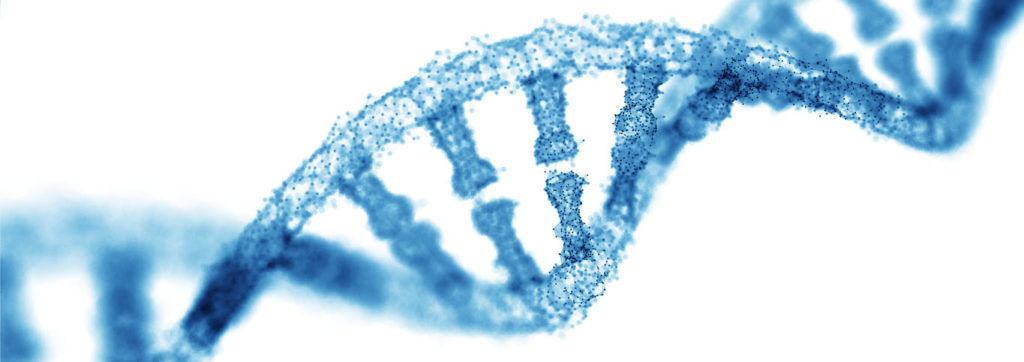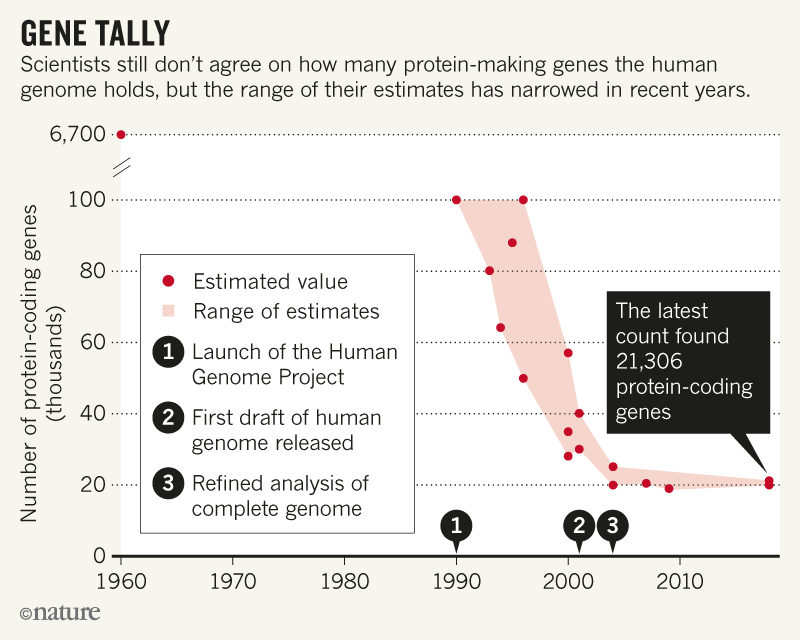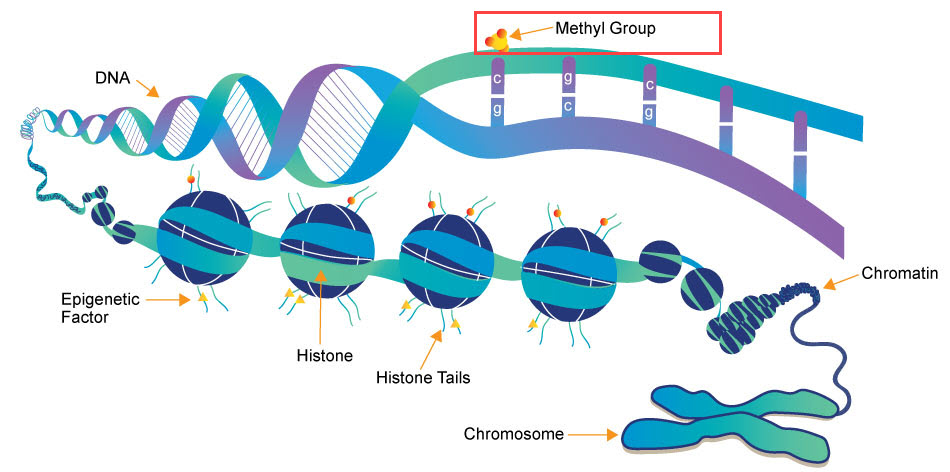The primary driver of aging is reduced damage repair capacity within your body.
It’s weird to think that all the things we associate with aging – white hair, wrinkles, bad eyesight, disease – are just accumulated damage within your body.
What’s even weirder is the idea that you can effectively become “younger” at the cellular level. Old cells can be reprogrammed to behave like young cells.
This probably sounds crazy – like science fiction. But it’s not. It’s the result of the most cutting-edge science in longevity being done at places like Harvard and the Albert Einstein College of Medicine, and the world’s leading scientific journals like Nature and Cell.
In this article, I’m going to walk you through an overview of genetics, epigenetics, and the epigenetic clock tests used to measure the difference between your cellular (biological) age and your calendar (chronological) age.
Cellular Age vs Calendar Age
You know your chronological age by looking at the calendar. But your body can effectively have a different biological age, because your cells express themselves the way young cells do, and exhibit the characteristics of young cells.
Epigenetic “clocks” can now surpass chronological age in accuracy for estimating biological age. Here, we use four such age estimators to show that epigenetic aging can be reversed in humans.
Aging Cell: Reversal of epigenetic aging and immunosenescent trends in humans
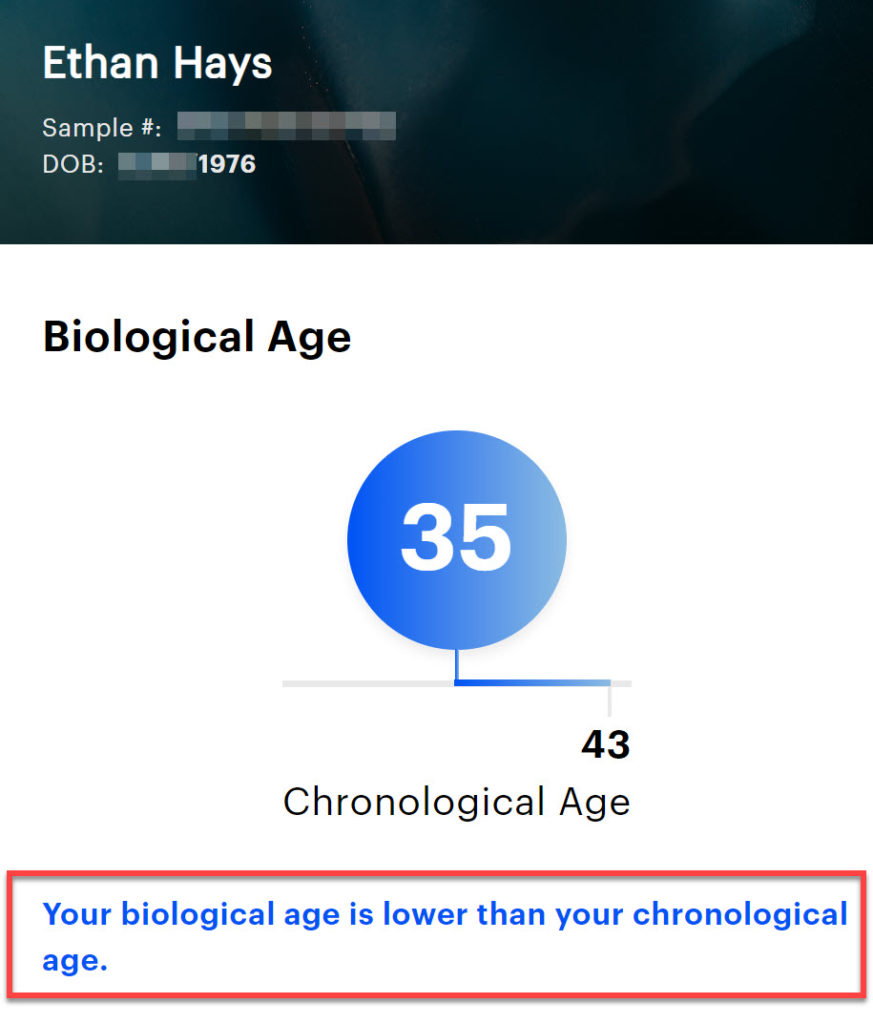

This is what the past 20 years of longevity science has revealed to us, and it’s profound. Humans have been looking for a “fountain of youth” that would extend life or reverse aging going back as far as our earliest literature in The Epic of Gilgamesh around 2500 BCE.
What’s exciting is that today, science has identified things you can do in your own life that will make your cells express themselves like they did when you were young. But first let’s talk about how you can measure your true biological age.
The Book of You is Written in DNA
DNA stands for deoxyribonucleic acid. The entire sequence of DNA that defines “you” is your genome. Your genome is like a biological book, written in pairs of amino acids – cytosine + guanine, adenine + thymine – called base pairs.
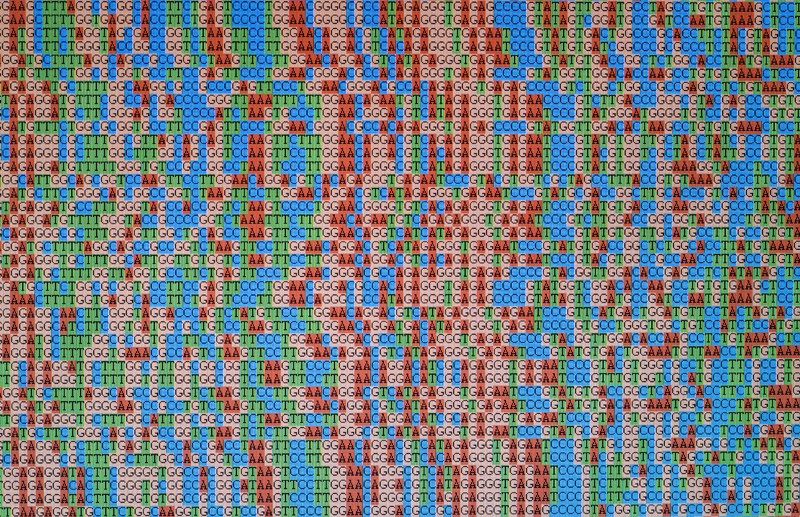

You have about 3.2 billion base pairs in your genome. Print those base pairs out like words on a page, and you’d end up with a book 1,000 times longer than “War and Peace.”
That’s a lot of information, a lot of data. But yours is entirely unique – The Book of You.
When we mapped the human genome 2003, we mapped every single base pair of DNA. Since then, we’re looking at this mass of letters, and trying to figure out which bundles of DNA function together to perform specific functions.
“Genes” are what we call bundles of DNA that perform these specific functions. A gene is the instruction manual to code a protein, and these proteins contribute to making your body the way it is – making your hair curly vs straight, blue eyes vs brown, having sickle cell anemia vs healthy.
Because genes have these specific functions, we want to identify each one and understand what it does. But our knowledge is limited. Currently, we think there are ~21,000 genes, meaning only about 1.2% of our entire genome is made of functioning genes, the rest is what we all “non-coding DNA”.
Every cell in your body has a full copy of your genome in the nucleus. That means all 3.2 billion base pairs that define The Book of You are present in every cell of your body.
So if every cell has the same Book of You in the nucleus, and is reading off the same book to create you, why are cells different? Why is a nerve cell a nerve cell, instead of a muscle cell? Why is a healthy cell healthy, instead of diseased?
The answer is gene expression. Within the long strand of DNA, certain genes are activated, others are deactivated. Patterns of gene activation are what tells a cell to be a muscle cell versus a nerve cell, a healthy cell vs a diseased cell, and an old cell vs a young cell.
You can think of these patterns of gene expression as a “recipe” that tells each cell how to build itself in a particular way.
Patterns of Gene Expression and Epigenetic Clocks
Turning genes on and off is important. Epigenetics is the study how genes activate or deactivate in specific patterns, which determines how entire cells function.
One of the most-studied factors driving epigenetics is DNA methylation – the attachment of a specific chemical called a methyl group to a piece of DNA to turn it on or off.
If you zoom way out and look at the pattern of where these methyl groups attach to DNA, a very interesting picture emerges. DNA methylation has a very specific signature in young vs old organisms, and DNA methylation and can be used to measure the age of organisms, and even predict their lifespan:
Recent evidence from human and mouse studies demonstrates that DNA methylation-based (DNAm) biomarkers satisfy the formerly elusive criteria of a molecular biomarker of ageing: they apply to all sources of DNA (sorted cells, tissues and organs) and to the entire age spectrum (from prenatal tissue to tissues of centenarians).
Steve Horvath, Nature
Aging resembles a developmentally regulated process that is tightly controlled by specific epigenetic modifications and age-associated methylation changes that exist in the human genome… This study implicates that DNA methylation can be an available biological marker of age-prediction.
National Institute of Health
Individual human age can be predicted with great accuracy (R2 = 0.92) in a range of tissues by an epigenetic clock.
Nature
But perhaps even more importantly, researchers are starting to see DNA methylation as having a causal role in aging:
Methylation changes gene expression. Methylation is likely causally related to the gene expression changes that are not just associated with aging, but CAUSE aging.
Lloyd Klickstein, Chief Science Officer, resTORbio
This means that you can use DNA methylation tests to accurately measure if your behaviors are adding or subtracting years to your biological age. DNA methylation tests, or epigenetic clock tests are commercially available today.
Summary
The past 20 years of research on the human genome have shown us some amazing things:
Patterns of DNA methylation are an “epigenetic clock”.
Epigenetic clocks can show what age your cells are, and predict how long you will live.
And your cellular “biological age” can be very different than your chronological “calendar age”!
What’s mind-blowing is that you can change these patterns of gene expression in your own body. You can make your genes express themselves in a ways a younger organism does. You can make your body younger at a cellular level. In my next post, I’ll get into some of the mechanisms you can use to make these changes in your own body.
